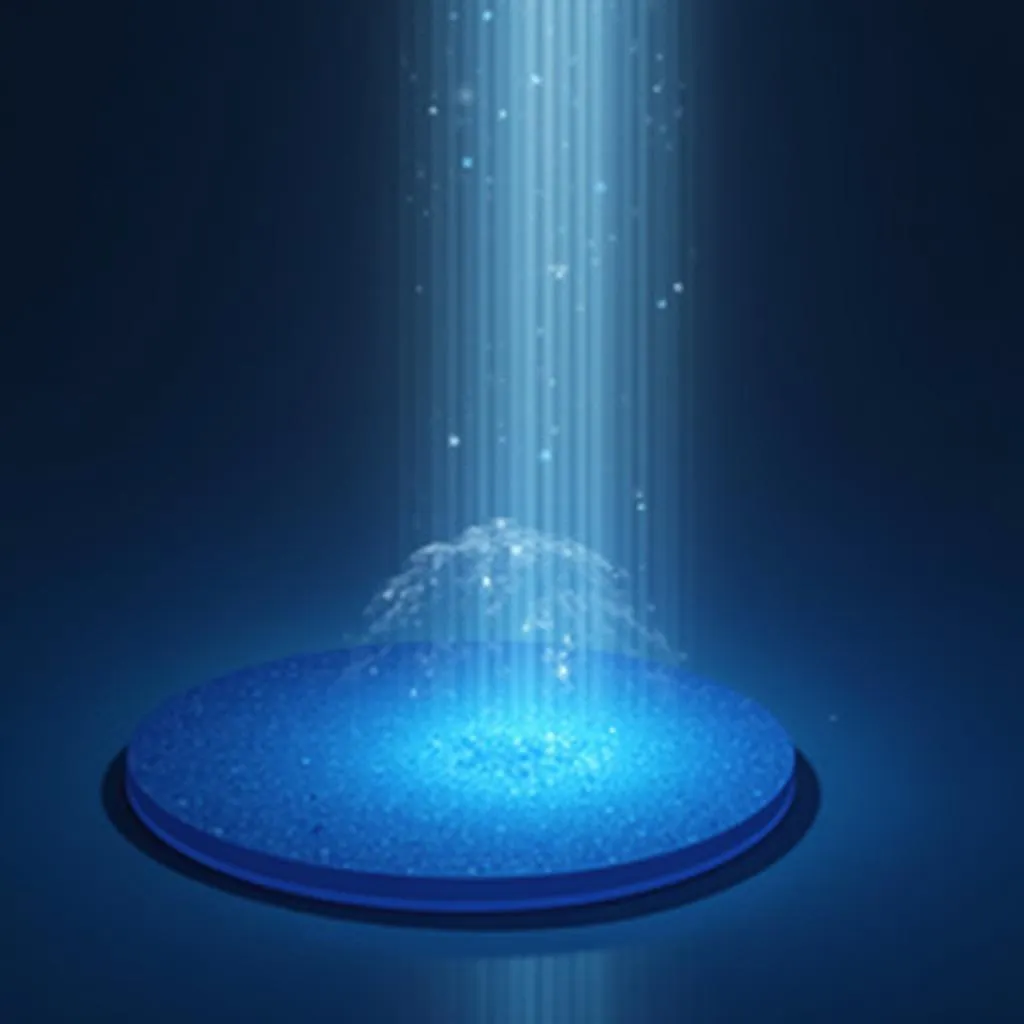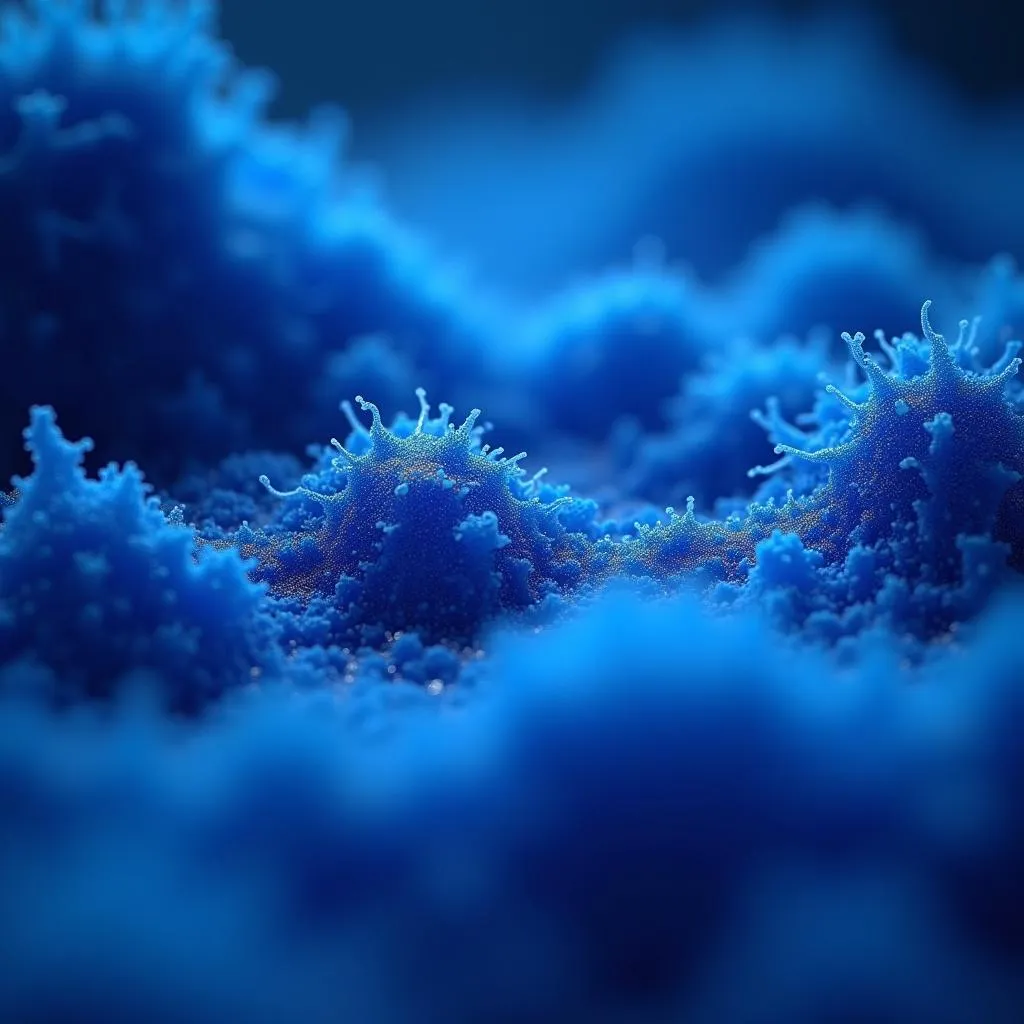When we think of the color blue, images of clear skies, vast oceans, and maybe even our favorite pair of jeans come to mind. But have you ever stopped to wonder what makes something blue? Is it a physical characteristic, something we can observe and measure? Or is it a chemical property, inherent to the substance itself? Let’s dive into the fascinating world of color and uncover the science behind this cool hue.
Understanding the Nature of Color
Before we can determine whether blue is a physical or chemical property, we need to understand how we perceive color in the first place. Color is not an intrinsic property of an object, but rather a result of how the object interacts with light.
When light, which is composed of all colors in the visible spectrum, strikes an object, certain wavelengths are absorbed while others are reflected. The reflected wavelengths reach our eyes, and our brain interprets this information as color. For example, a strawberry appears red because it absorbs most other colors in the spectrum and reflects red light.
 Light reflection and color perception
Light reflection and color perception
Blue: A Reflection of Absorption
So, where does blue fit into all of this? When an object appears blue, it’s because its chemical composition causes it to absorb the longer wavelengths of light, like red and yellow, and reflect the shorter blue wavelengths.
 Blue pigment and light absorption
Blue pigment and light absorption
Physical or Chemical: Unraveling the Connection
Now, to answer the main question: is blue a physical or chemical property? The answer is a bit of both, as the two are closely intertwined in this case.
- Chemical Property: The ability of a substance to absorb and reflect specific wavelengths of light is determined by its chemical composition and structure. This is a chemical property because it involves the interaction of light with the electrons in the atoms of the substance.
- Physical Property: Color, as we perceive it, is a physical property. This is because we observe it with our senses, and it doesn’t change the chemical composition of the substance.
Therefore, while the potential to appear blue is a chemical property, the actual perception of blue is a physical property.
The Case of Structural Color: A Different Shade of Blue
Interestingly, not all blue colors are created equal. Some organisms, like the Blue Morpho butterfly, display vibrant blue hues not because of pigments, but due to a phenomenon called structural color. In this case, microscopic structures on the butterfly’s wings interact with light to create the perception of blue, even though there are no blue pigments present. This further highlights the complex interplay between light, structure, and our perception of color.
 Blue Morpho butterfly wings and structural color
Blue Morpho butterfly wings and structural color
Blue in Our World: A Spectrum of Applications
Understanding the nature of blue color extends beyond scientific curiosity; it has practical implications in various fields:
- Art and Design: Artists and designers utilize the emotional and psychological effects of blue to evoke specific feelings and create visual impact.
- Textile Industry: The development of blue dyes and pigments has a rich history, influencing fashion and textile production for centuries.
- Technology: Blue LEDs are crucial in modern electronics, enabling energy-efficient lighting and display technologies.
Conclusion: Appreciating the Blue Around Us
The next time you encounter something blue, take a moment to appreciate the intricate dance between light, chemistry, and perception that creates this captivating color. From the vast expanse of the ocean to the delicate wings of a butterfly, blue continues to fascinate and inspire us. Whether we perceive it as a physical or chemical property, one thing is certain: the world wouldn’t be the same without it.

